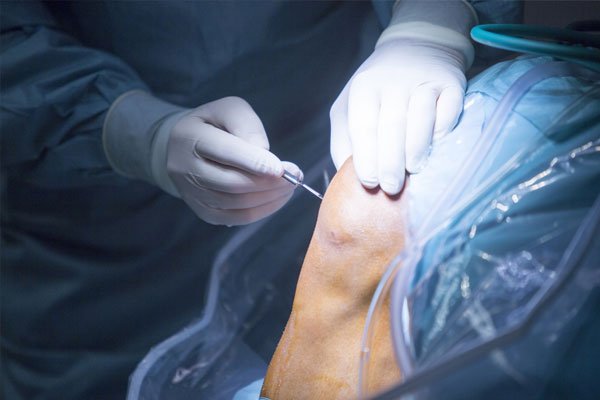
No matter your age, joint injuries and difficulties are prevalent. To access the joint and diagnose or treat you, doctors historically had to cut through sizable portions of your tissues. The arthroscope, a tiny tube containing a set of lenses, a tiny video camera, and a viewing light, was developed as a result of advancements in surgery, and it now enables surgeons to diagnose and treat joint issues with only a little incision.
You might be interested in learning more about the conditions that arthroscopy can cure if your doctor has suggested it to you if you have a joint problem and wants to view and treat your musculoskeletal problem.
Let’s talk about arthroscopy and the conditions it can cure.
Arthroscopy: What Is It?
An arthroscope is used during arthroscopy, a minimally invasive surgical procedure, to inspect joints. Arthroscopy is a surgical procedure that allows a physician to see within a joint and repair certain joint problems.
You are given a general, local, or spinal anaesthetic during arthroscopic surgery, and your doctor makes a tiny incision in your skin. Through this cut, your doctor inserts an arthroscope into your skin. A probing, cutting, or grabbing tool is then inserted through another incision made by your surgeon. The end of the arthroscope that is put into your joint receives the light via an optic connection. Your joint’s information is relayed to a monitor.
Incisions are closed after the surgery with one or two stitches or sterile adhesive tape.
What Conditions Can Arthroscopy Treat?
When nonsurgical options including rest, braces or splints, drugs, steroid injections, and physical therapy are ineffective in treating a patient’s musculoskeletal issue, an arthroscopy is often suggested. Various musculoskeletal disorders of the joints can be treated by arthroscopic surgery, including:
- Shoulder
- Knee
- Ankle
- Elbow
- Hip
- Wrist
Most frequently, arthroscopic surgery can treat the following conditions:
- Inflammation of the lining (synovium) of the shoulder, elbow, wrist, knee, or ankle
- Rotator cuff (tendon) tear
- Impingement syndrome
- Recurrent shoulder dislocation
- Meniscal (cartilage) tear
- Anterior cruciate ligament (ACL) tears
- Injury or wearing of cartilage cushion (chondromalacia)
- Carpal tunnel syndrome
- Ganglion cyst
- Frozen shoulder
- Foot and ankle arthritis
- Loose bone fragments in the wrist, shoulder, elbow, knee, and ankle
Benefits Of Arthroscopy
The following benefits are provided to patients by arthroscopic surgery over open surgery because it just calls for a little one or two incisions.
- Faster recovery as less tissue is damaged
- Shorter hospital stays
- Less reliance on medications
- Minimal blood loss
- Minimal scarring
- Less pain
- Tags:
- Arthroscopy

